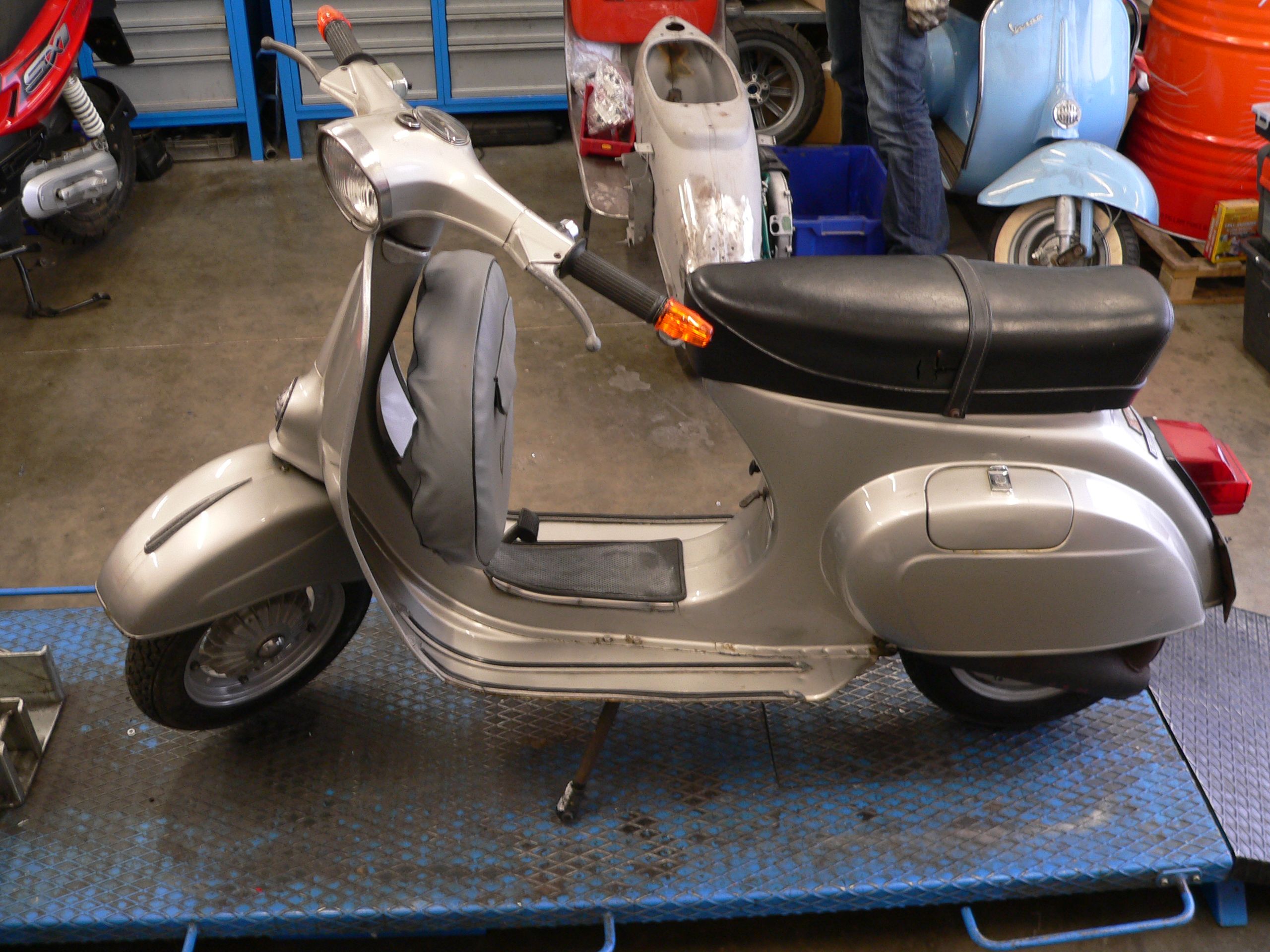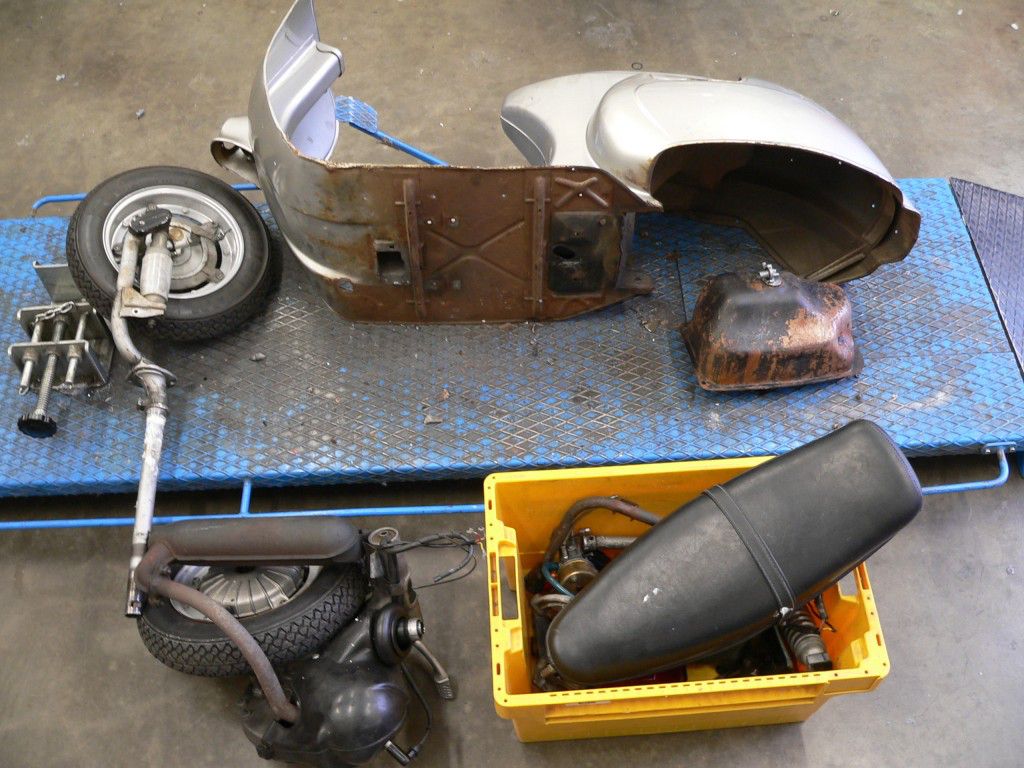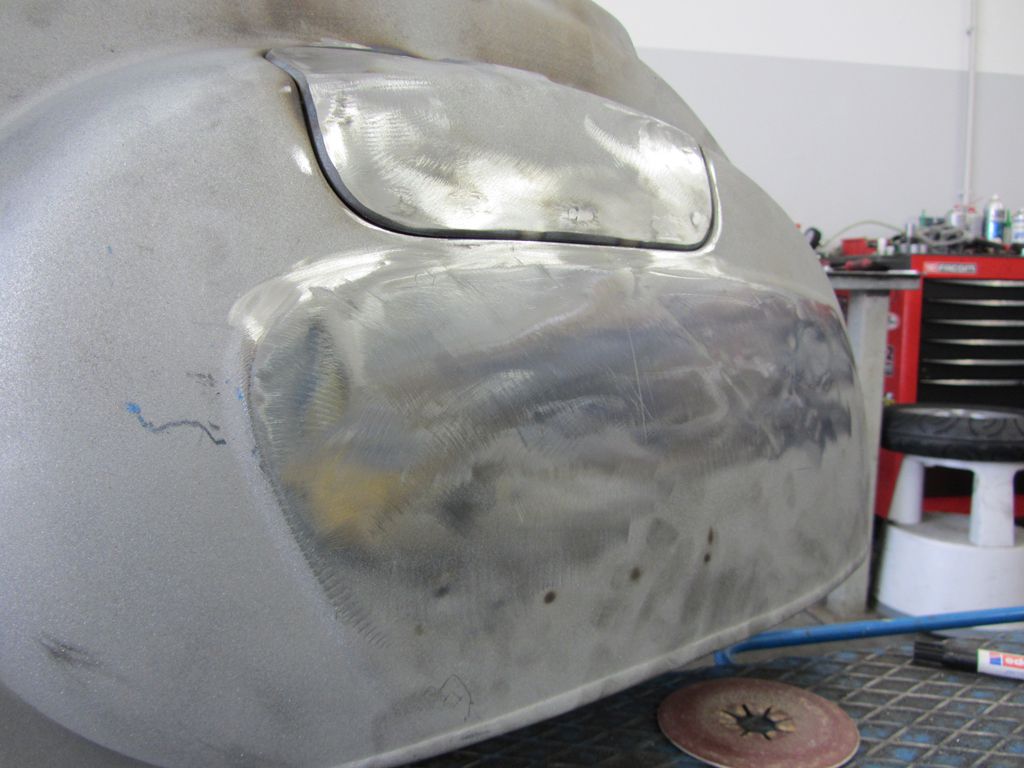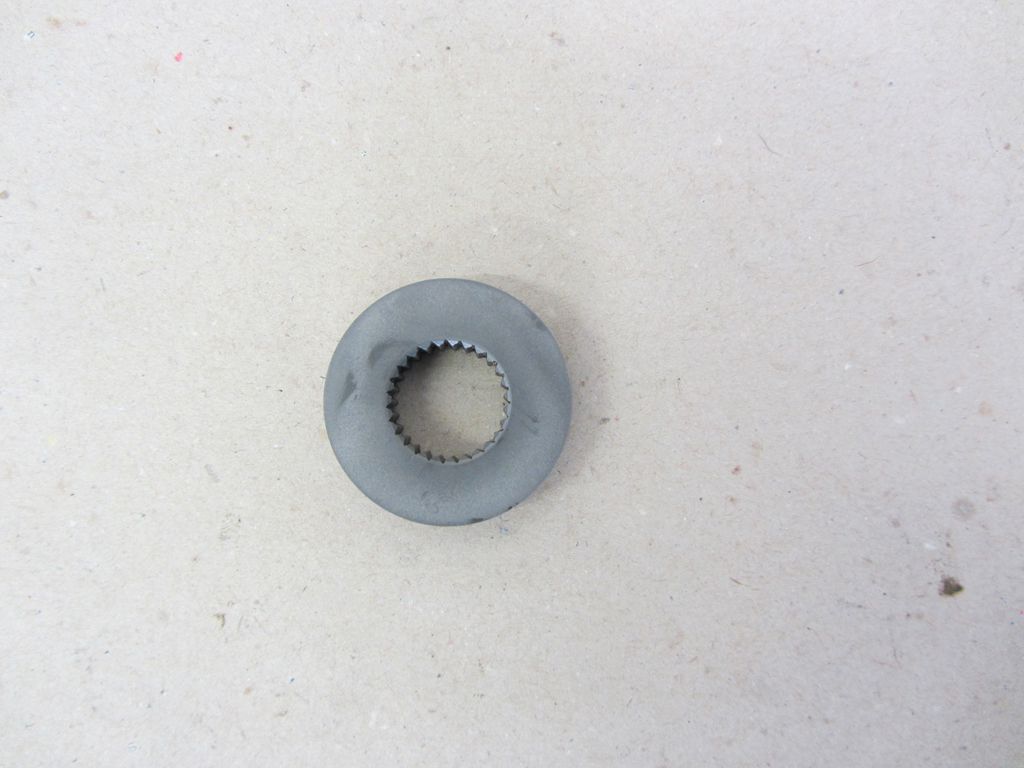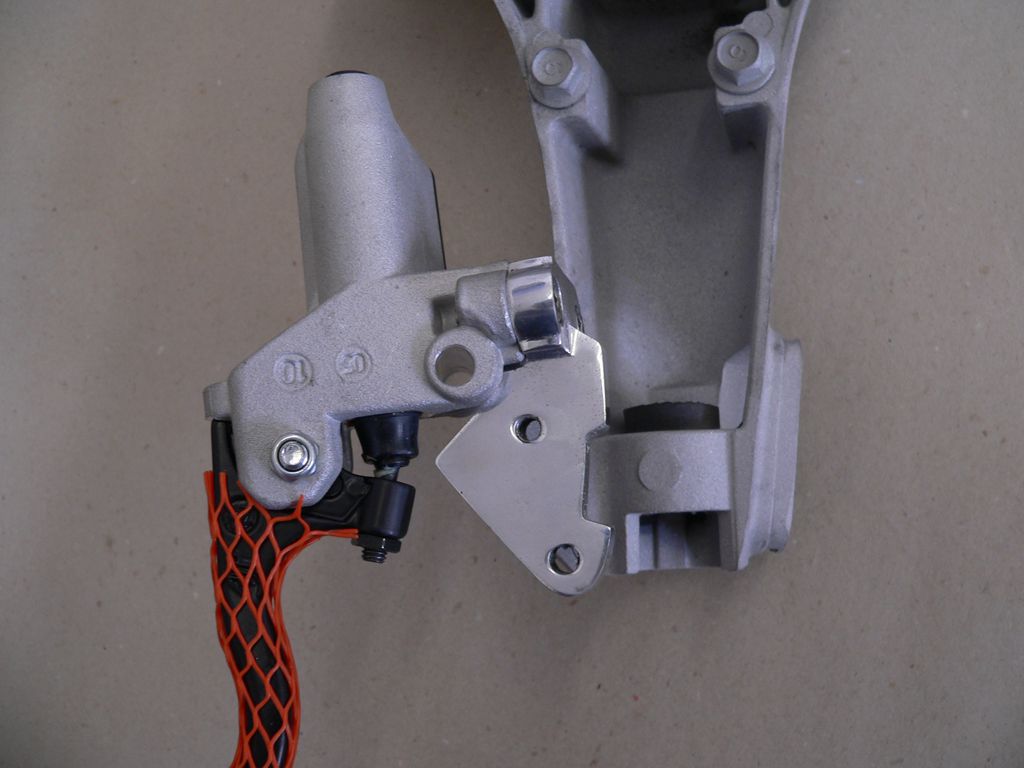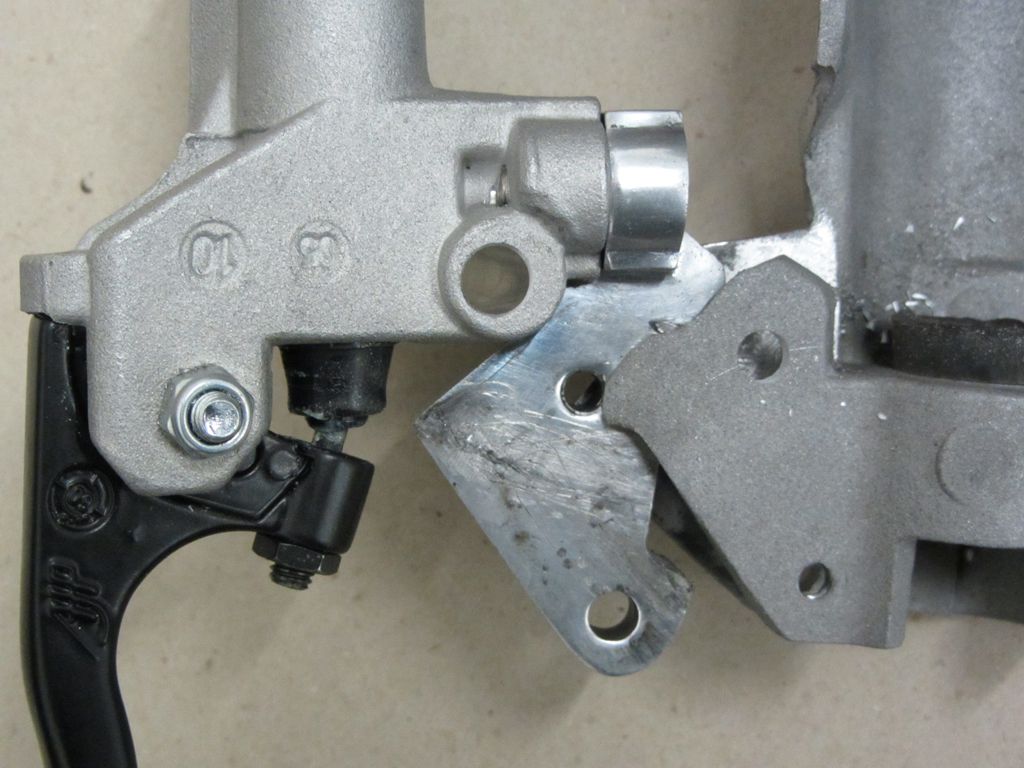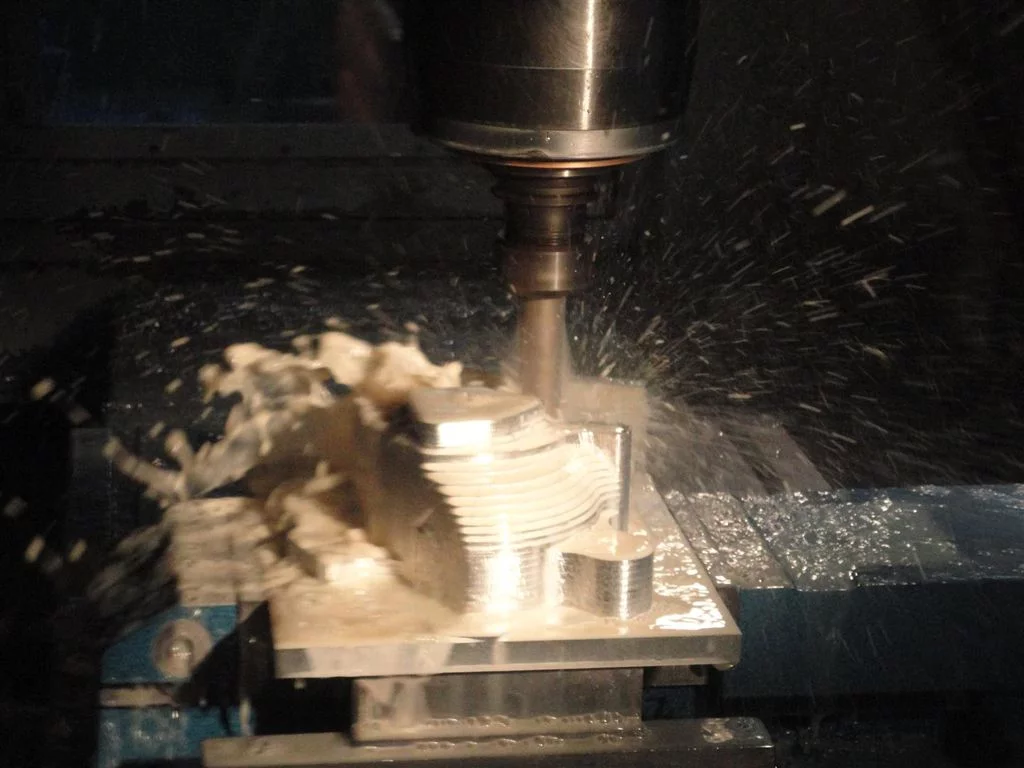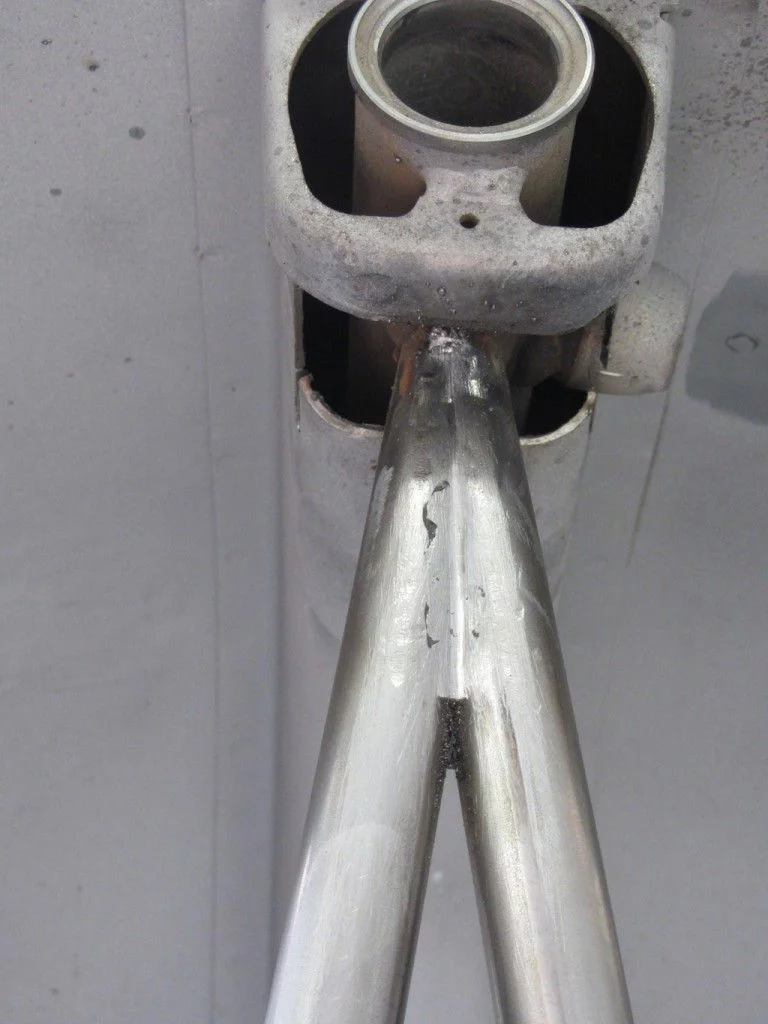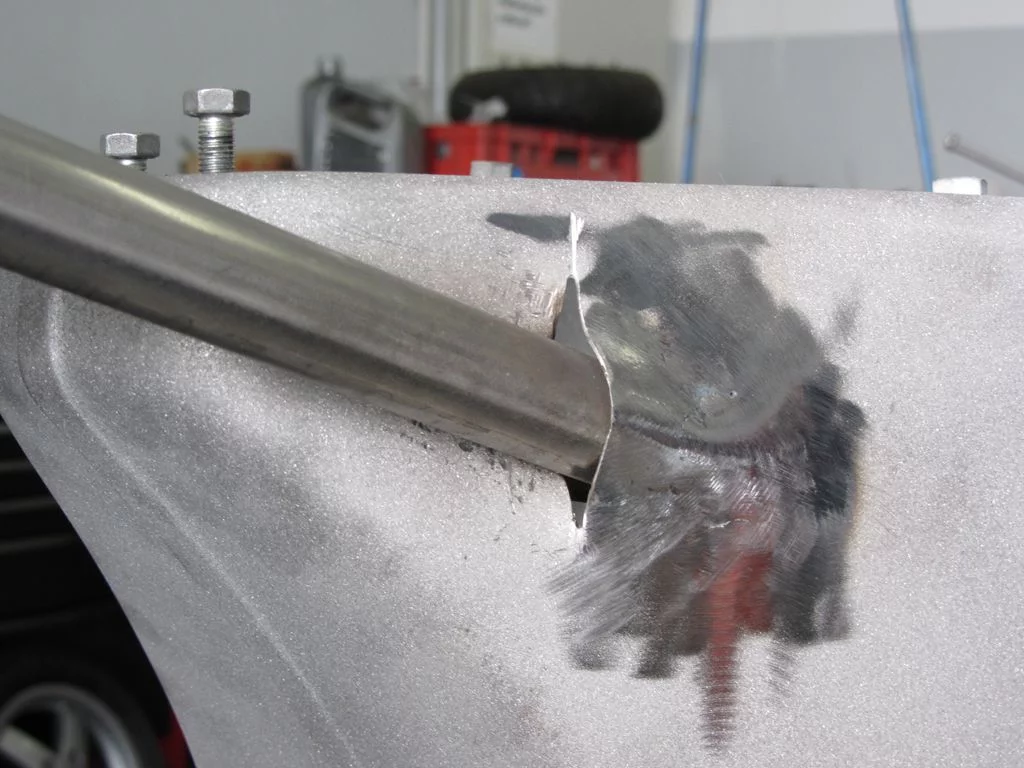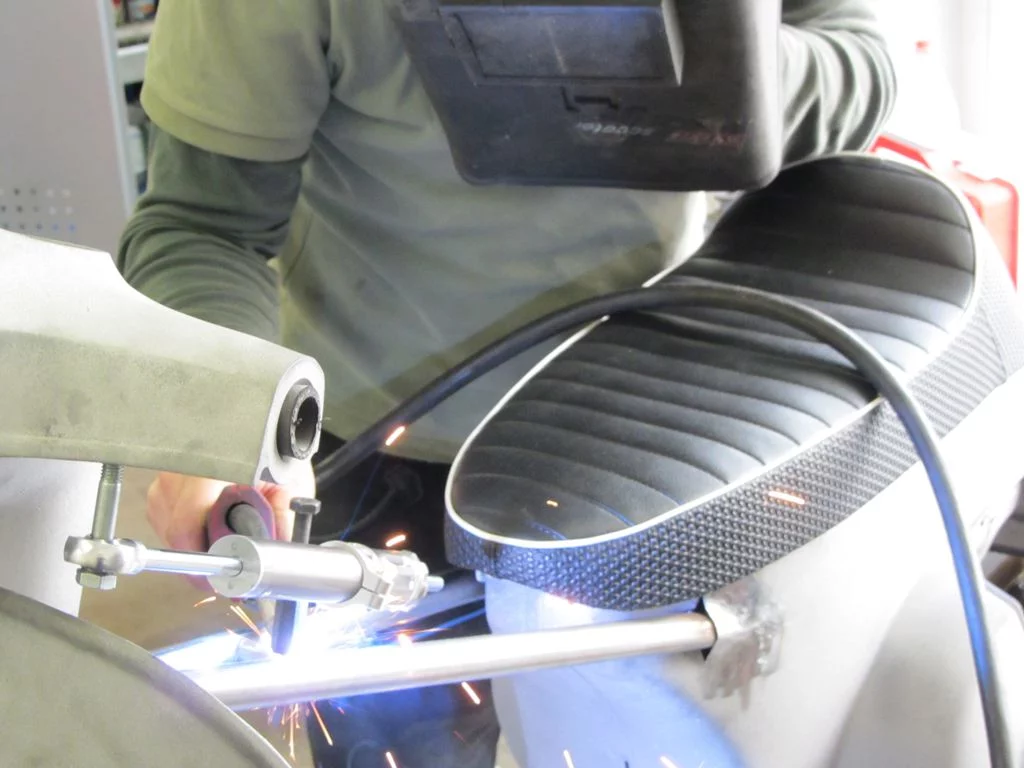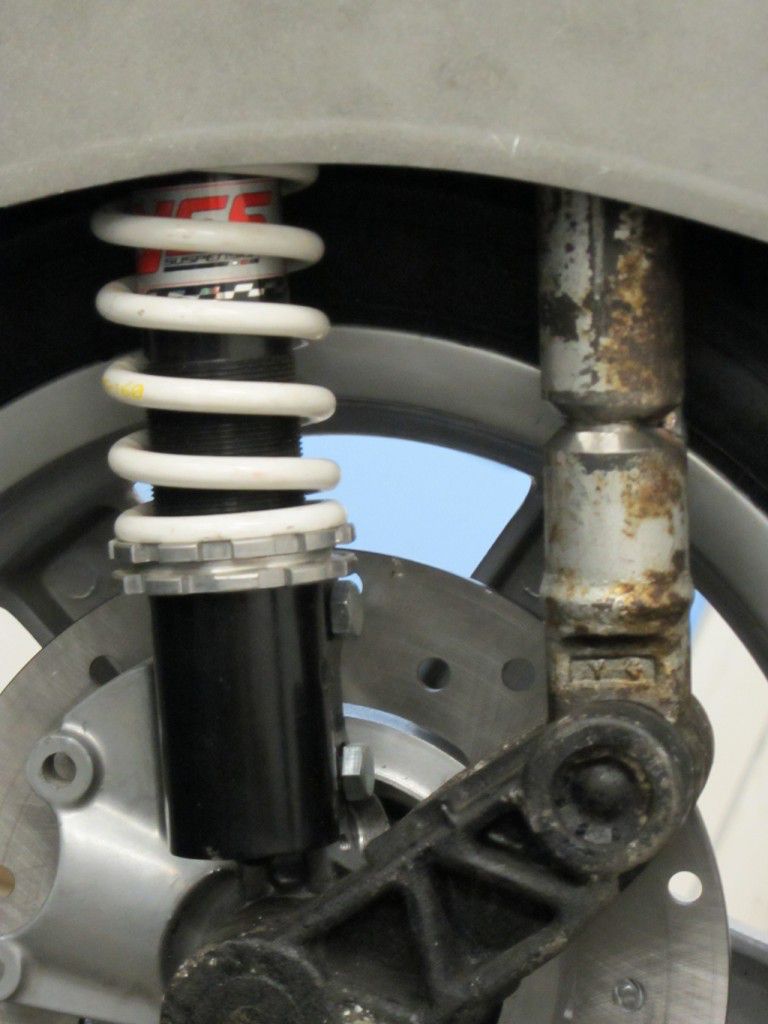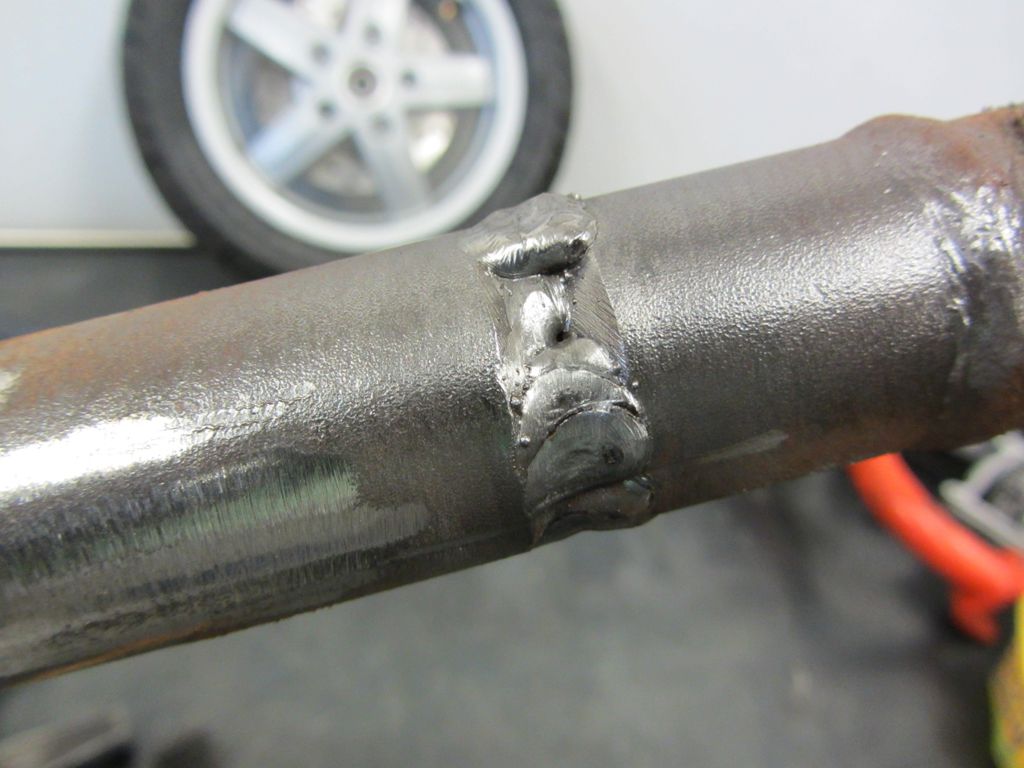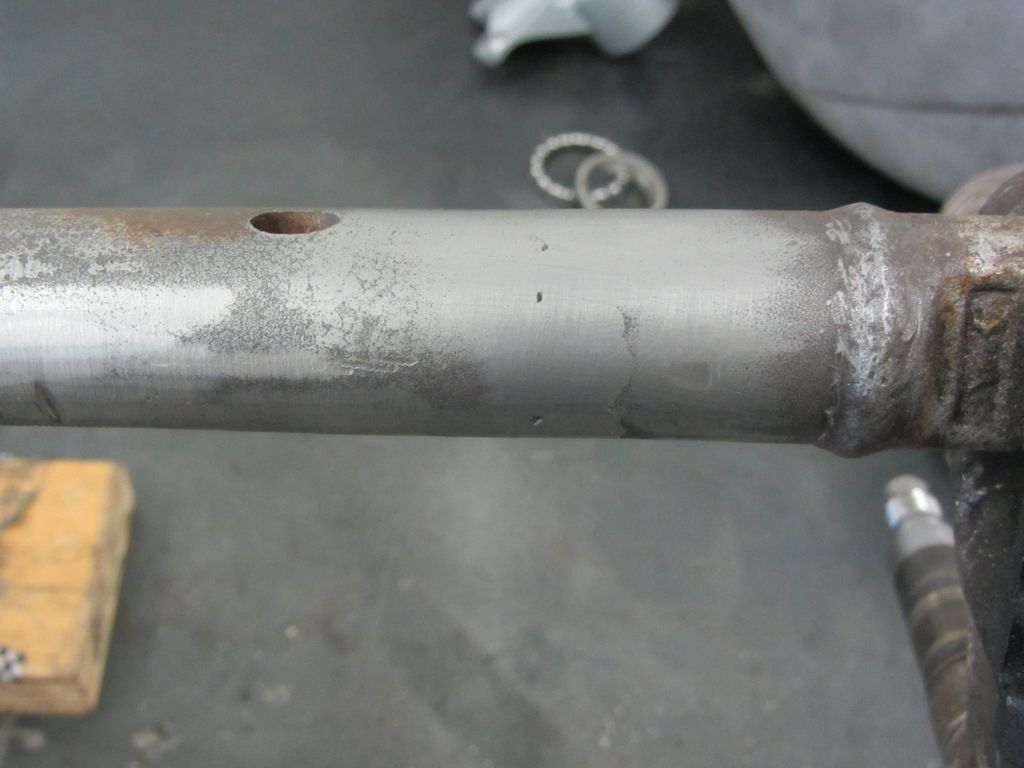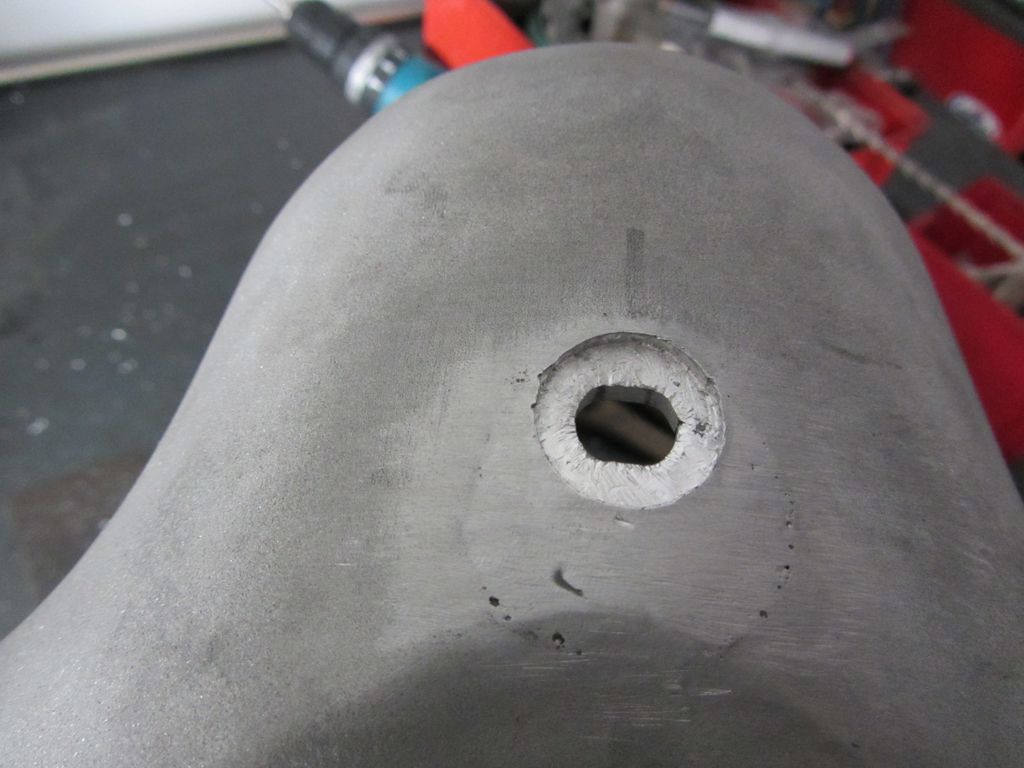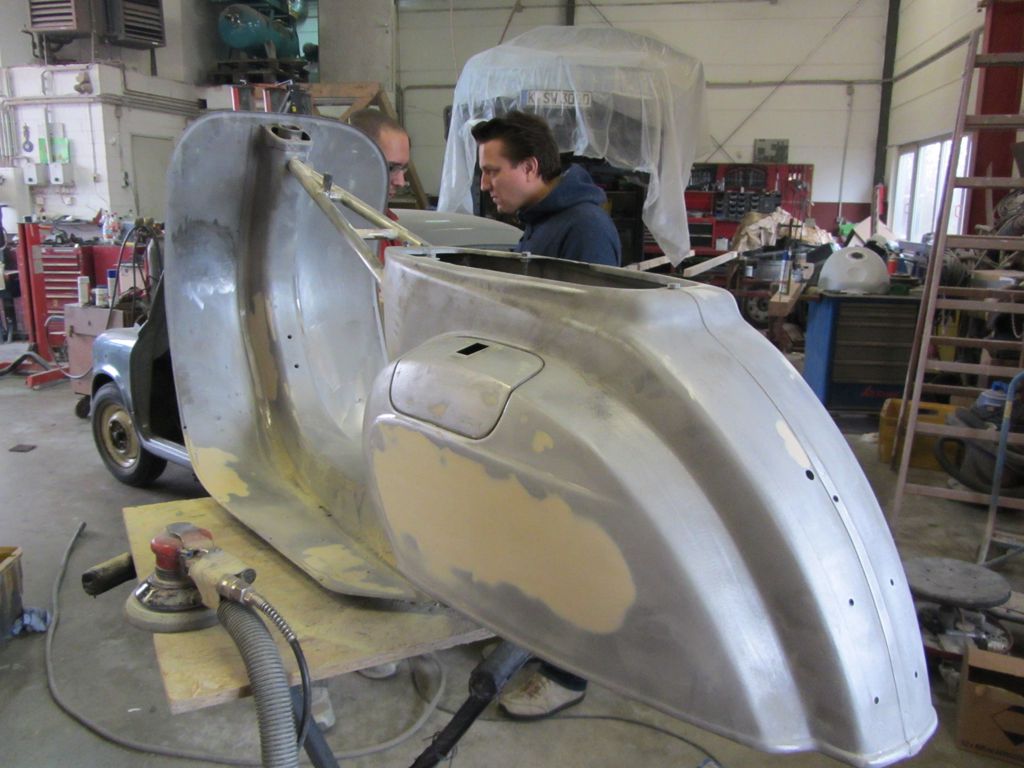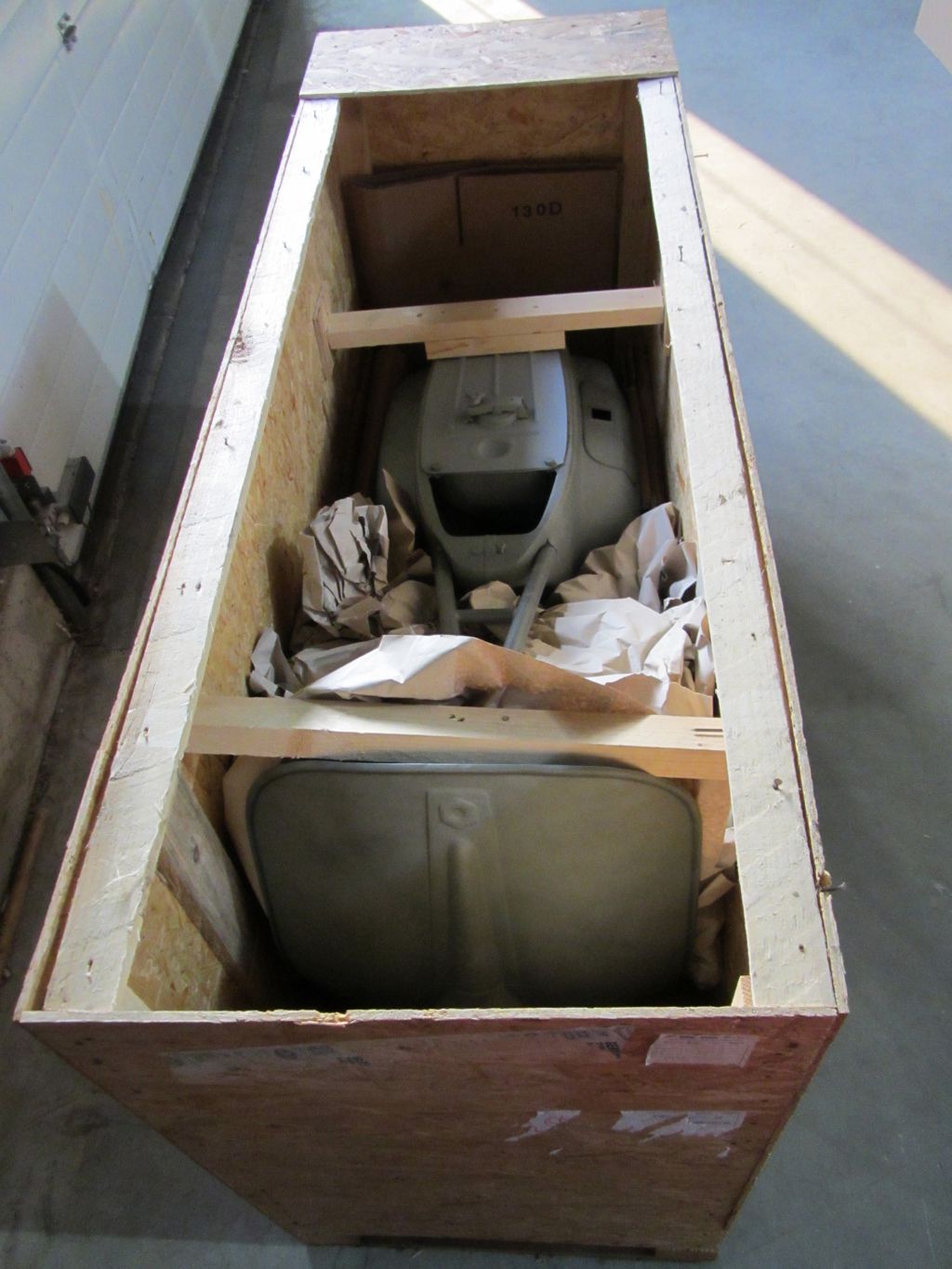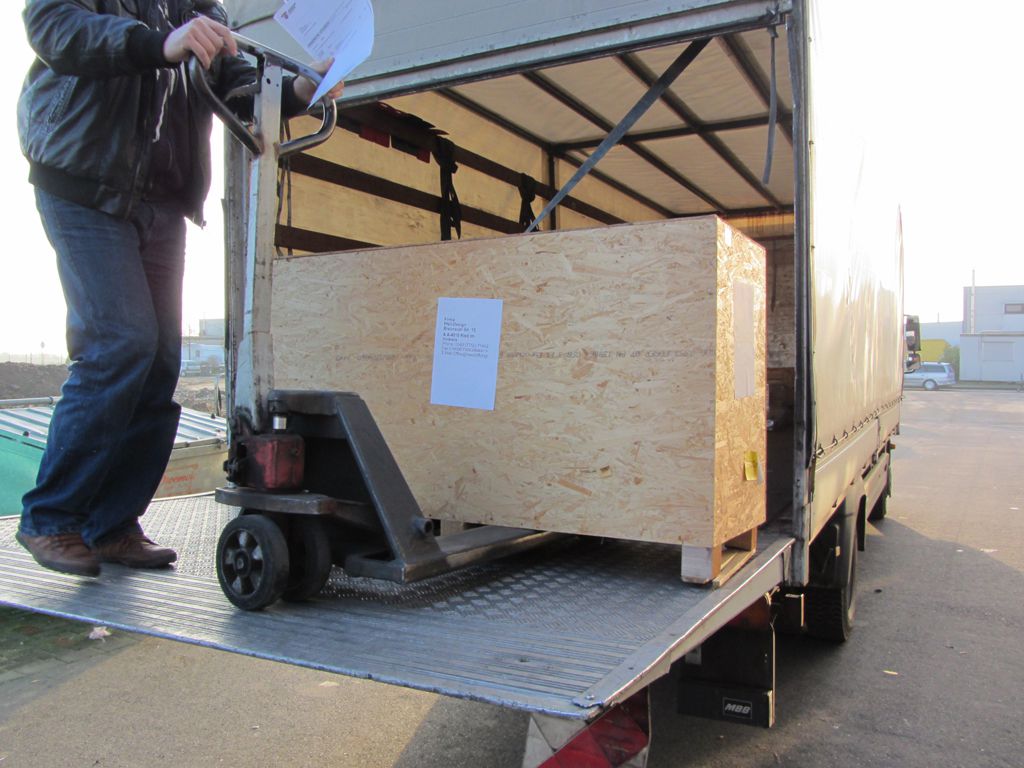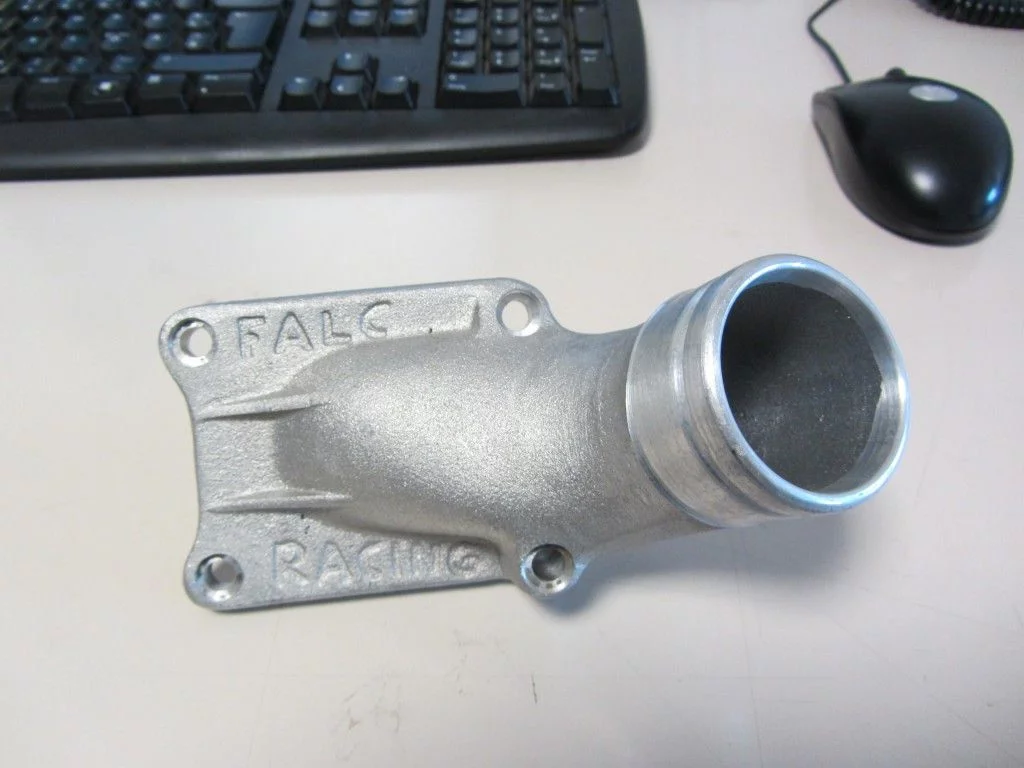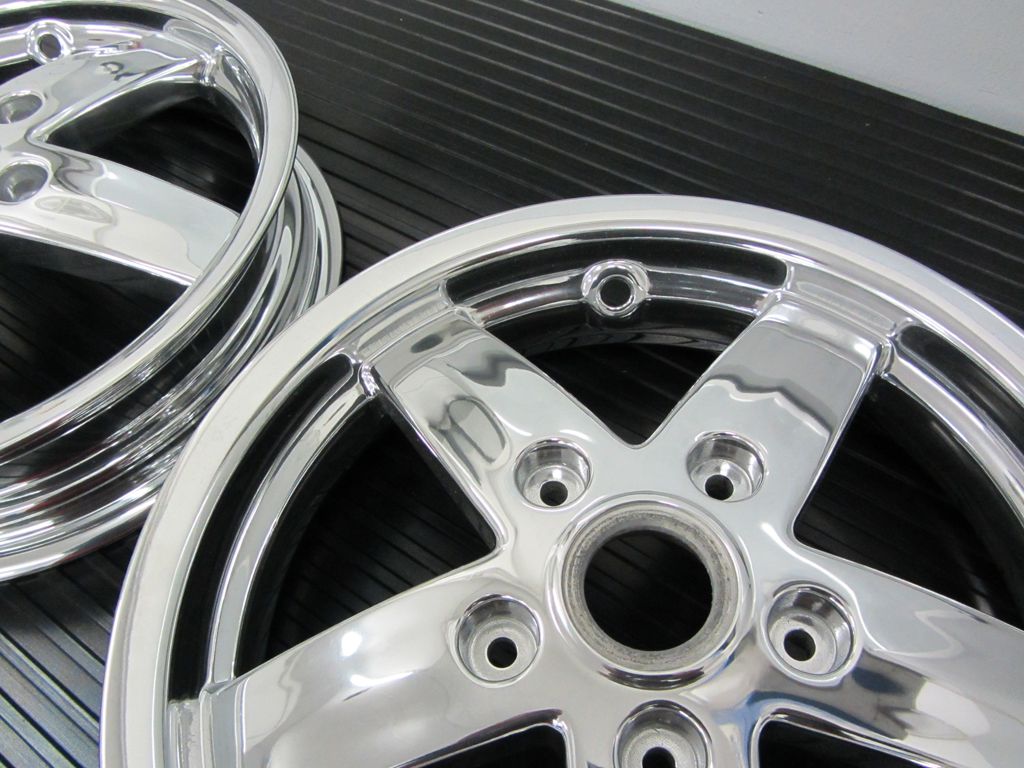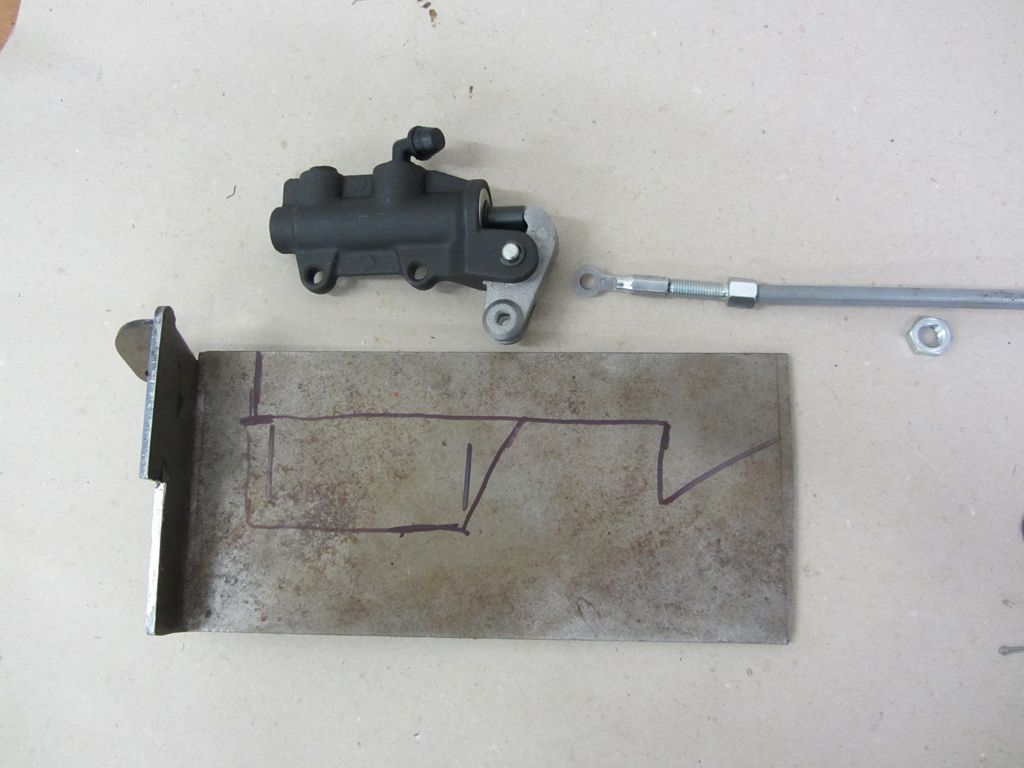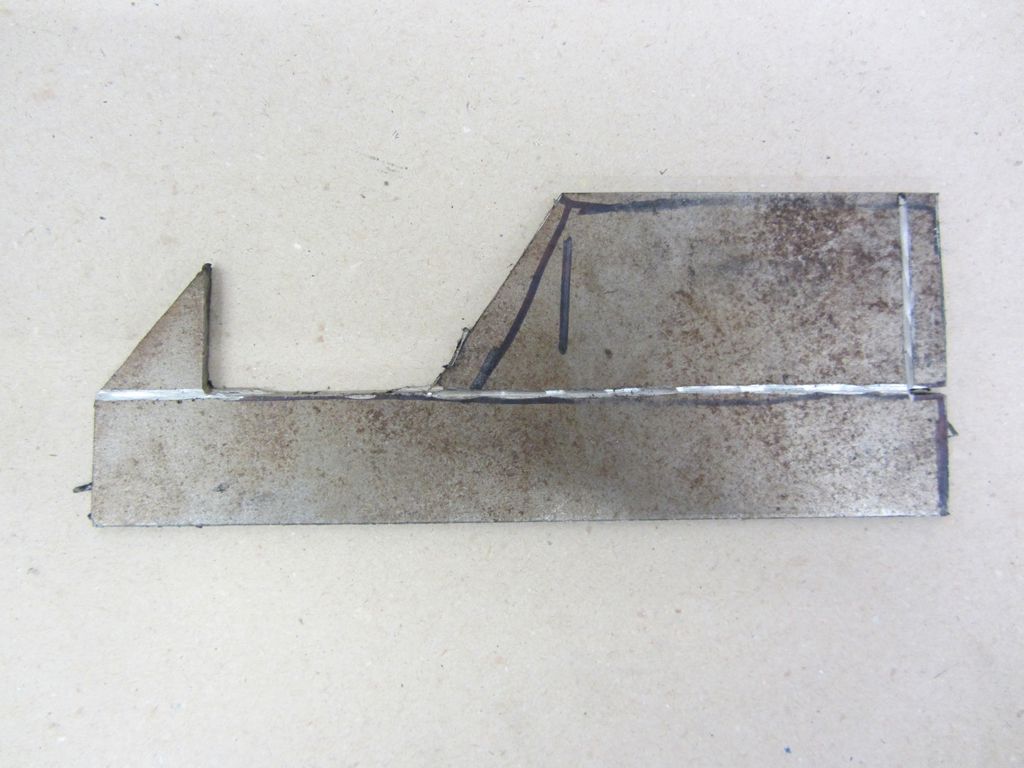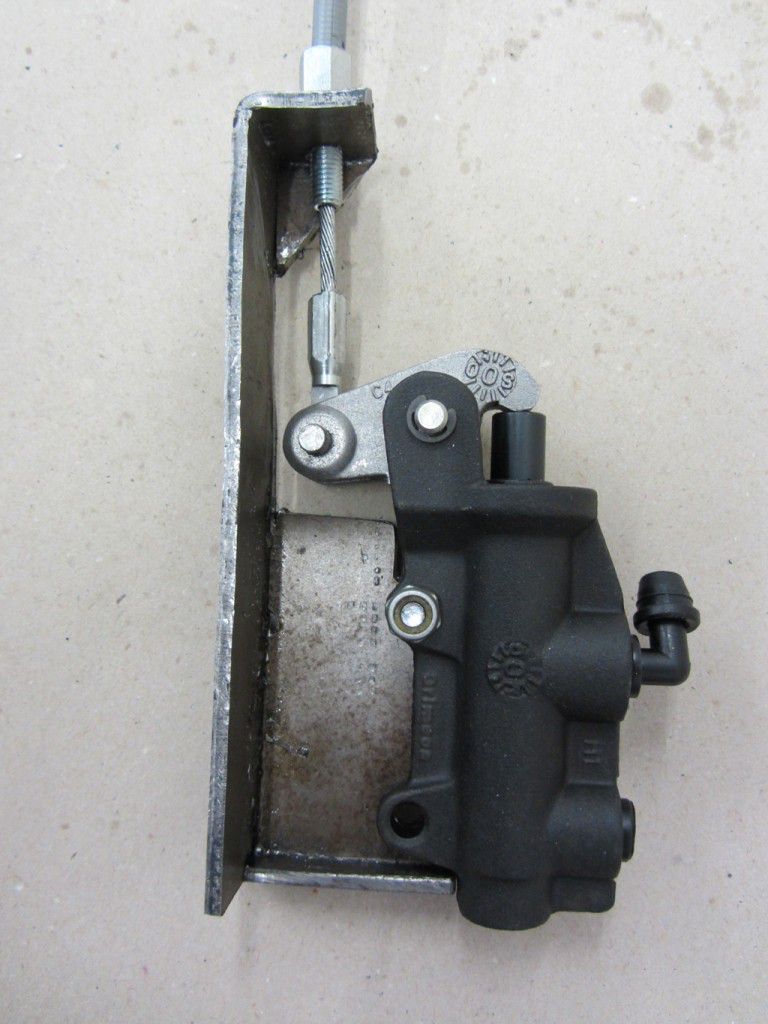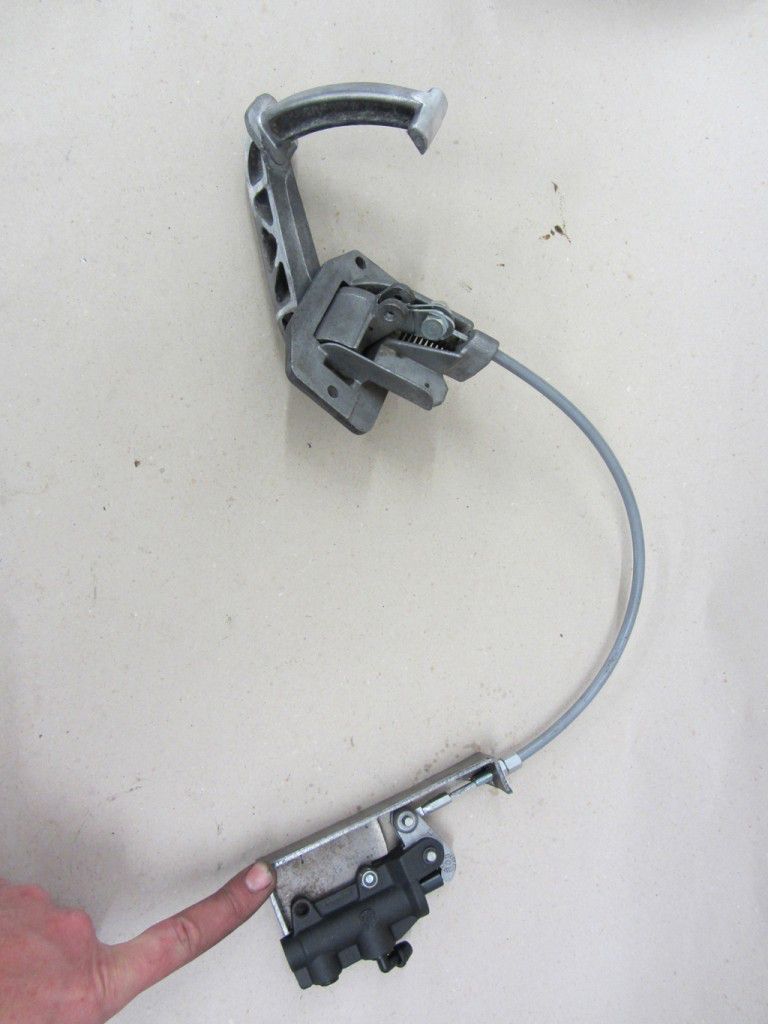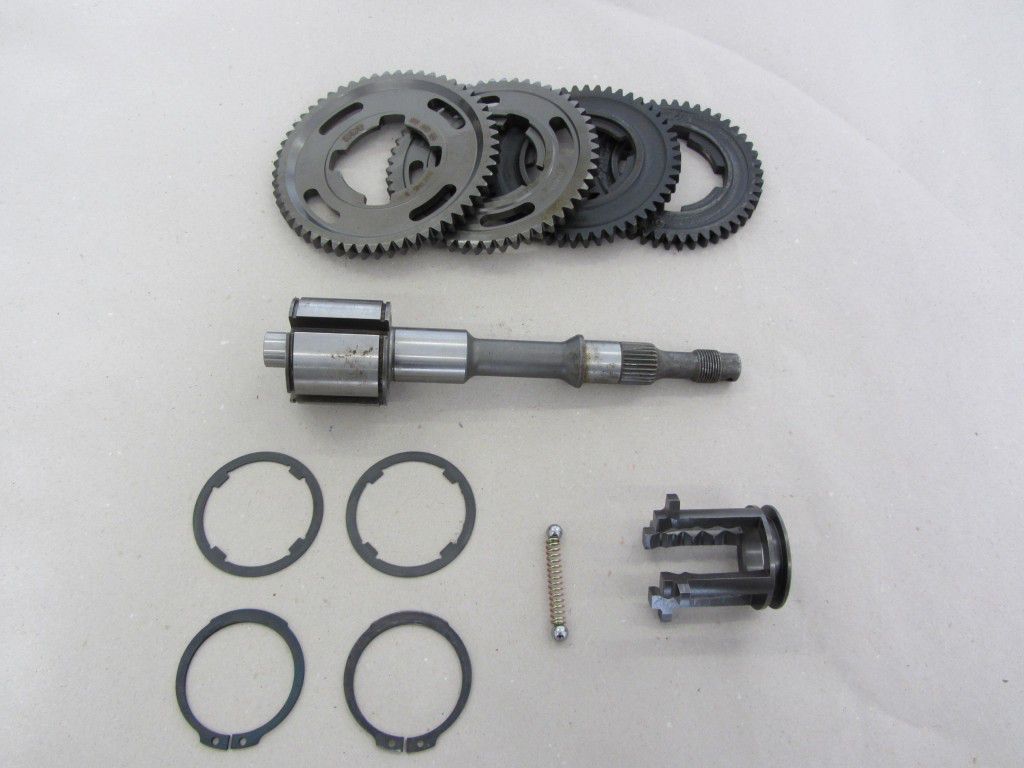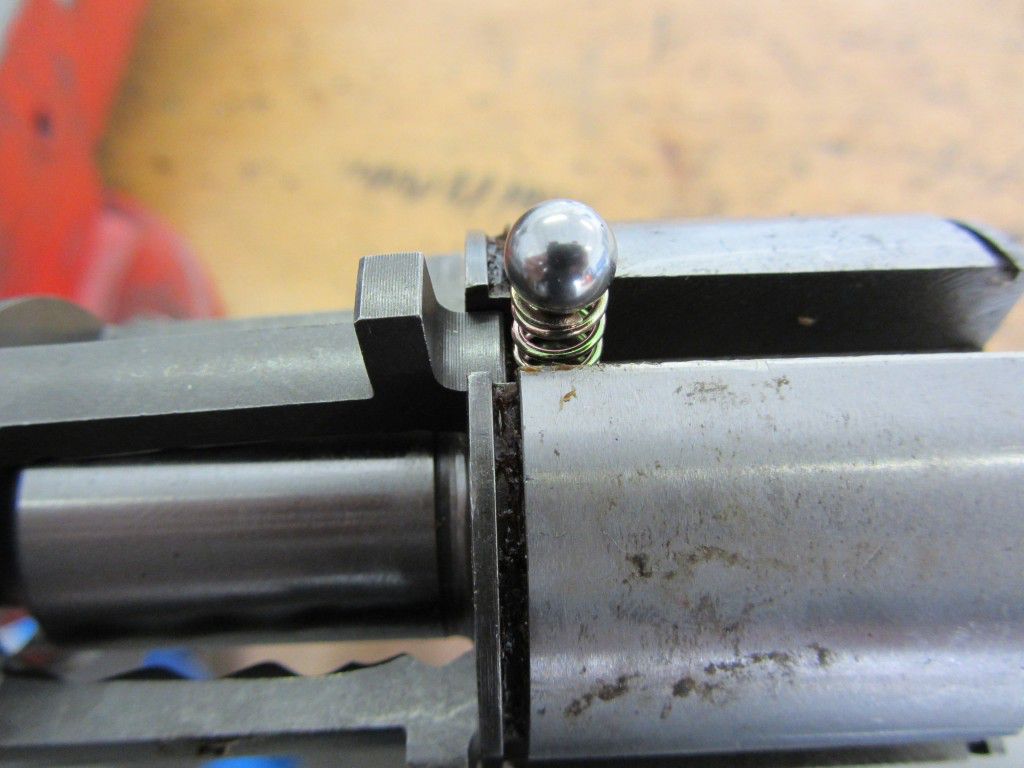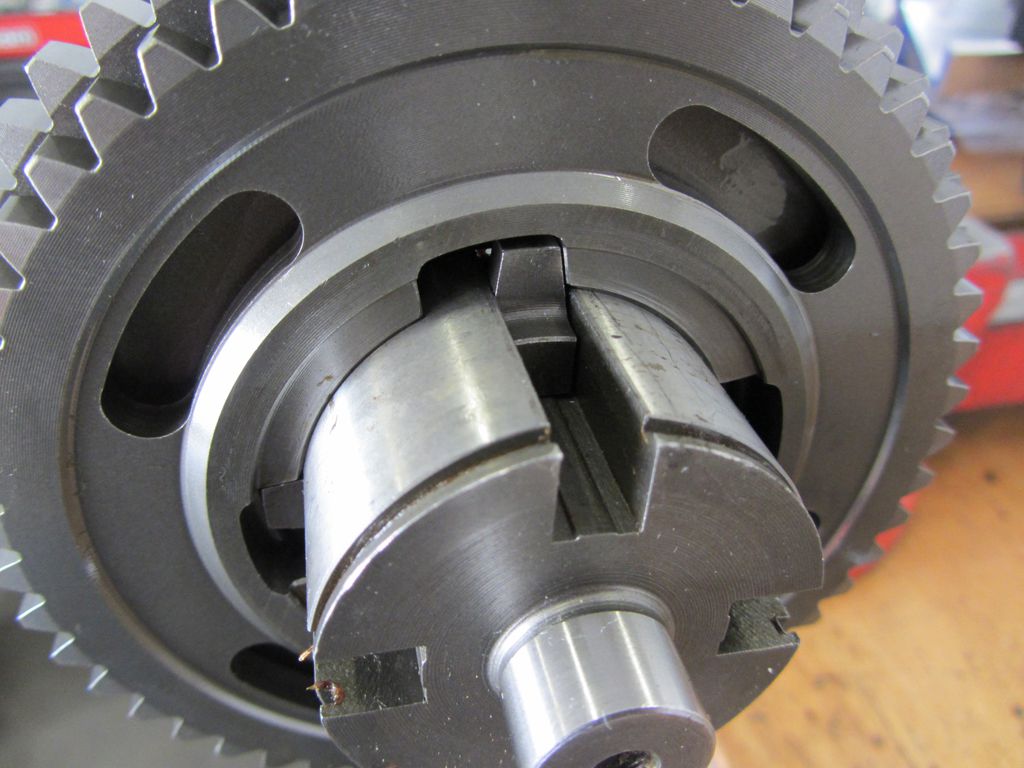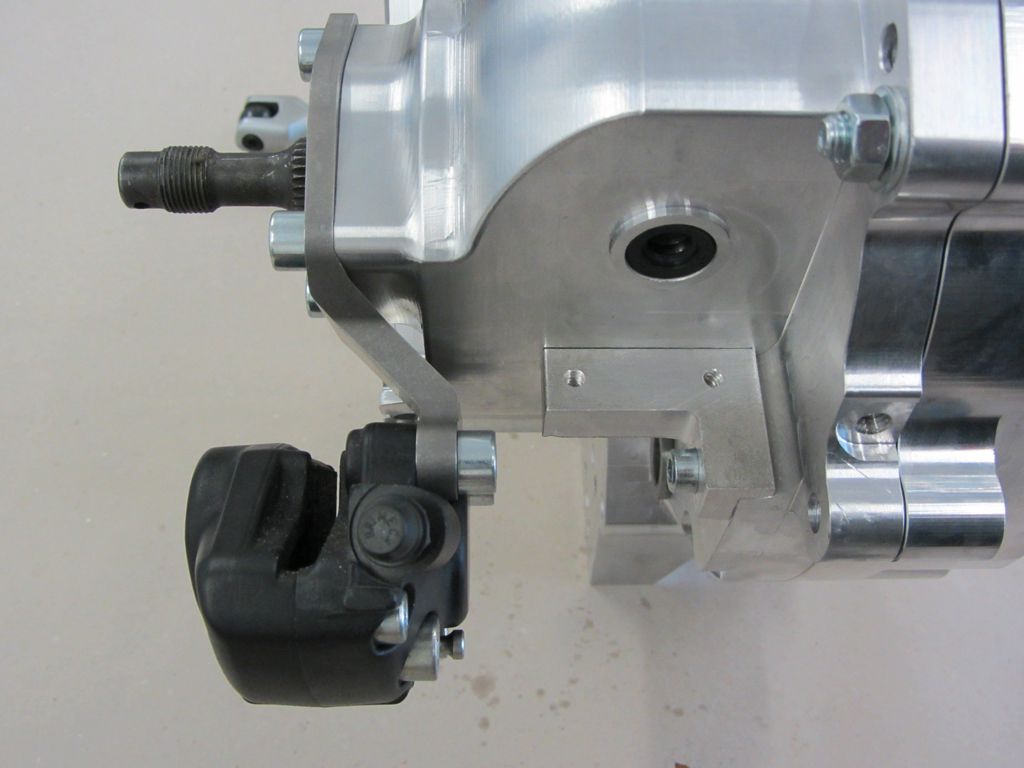The history of the origins of the Vespa Generation XI
For our 20 year old we wanted to set up a special project. Until the beginning of January there was only the idea as such and no concrete ideas what exactly it should be for a scooter. It is only clear until the Custom Show in Ried / Austria The scooter should be ready on February 25.02.2012th, XNUMX. So a very sporty time limit to build a complete custom scooter from ZERO.
Vespa custom scooter generation XI
The starting shot was that Monday 09.01.2012
Disassemble the scooter
We chose a roadworthy one Vespa Primavera ET3 decided as a basis. The beauty was completely dismantled…. 
.... and after successful slaughter, the frame and all sheet metal attachments are sandblasted. The footplate and the frame tunnel are cause for concern, because only after sandblasting can you see how much sheet metal is left.
As long as the frame is sandblasting, you can worry about the “rest”. Hopefully enough of the frame remains :-). Since the direction of travel in this project is “Racer”, there is one disc brake inevitable. Maybe even front and back?
In order to be able to install a disc brake at the front, we need one PK-XL fork .
The original ET3 fork does not allow such a conversion. Apart from that, we also have something in preparation for the PK shock absorber.
For the motor, we opted for a complete CNC housing from Gernot Penn, who with his label GP One offers beautiful CNC parts for the Vespa driver. The engine case is intended for one Polini Evo cylinder and Polini Evo crankshaft be manufactured to match.
Friday 13.01.2012
Vespa sandblasting
Actually not a good date to pick up a frame from sandblasting. Fortunately and despite all fears, a lot of valuable Vespa sheet metal is left over after sandblasting. Of course, the elderly Italian lady reveals one or two dents after the over 30 year old paint is removed.
All in all, nothing serious.
Dirk, master of stripping pliers and body file, takes care of the sheet metal work.
Monday 16.01.2012
The scooter's brakes
Today we'll take them Bremsanlage in attack ... In order for the PK fork to stand properly in our frame, the fork must be processed. Without a corresponding processing, a “chopper chassis” would be obtained, because the PK fork in the lower area, i.e. the dimension from the lower bearing shell to the wheel center, is longer than with the V50 / ET3 forks.
To do this, we send the fork to Würselen, to the yellow company. There the lower bearing seat on our fork is turned off by 10mm and the steering tube is shortened by 25mm. Armin has experience with conversions of this kind and will do this work for us. The matter is of course subject to a certain deadline pressure, as the parts all have to go to the painter.
A separate wheel hub must be manufactured for the planned rear disc brake. To do this, we first have a sample made for the main shaft toothing - it sounds easier than it is now ... :-)
The pattern is produced by his racing driver team colleague Dennis using wire erosion. At this point we would like to express our big thanks to “Denni” because he is always the one who, when things have to be quick and parts have to be finished “by yesterday”, is absolutely conscientious, reliable and very quick to handle such “ Little things ”.
.... and it fits too.
Fully hydraulic disc brake
The front disc brake should be operated fully hydraulically. To do this, it is necessary to attach a brake pump to the handlebar.
In our case, we'll choose one AJP brake pump with an 11mm piston.
For this will be suitable Brake pump adapter which, however, make reworking the handlebars unavoidable. Together with one Grimeca brake caliper With a 30mm piston, you should be able to achieve good braking performance with a pleasantly soft pressure point.
Here you can just see the adapter from below the handlebar installed, the original brake cable holder must be removed for installation:
You have to invest a few minutes in order for the adapter to fit into the recording as shown here.
All the better when everything goes well together afterwards.
Tuesday 17.01.2012
In the meantime we have received a message from Austria that the motor housings are in production.
Frame strut
So that our racer always stays on track during fast load changes and strong braking maneuvers, he gets a frame strut on which the later steering damper is mounted.
The double tube strut is attached directly to the head tube. A support on the thin sheet of the Frame tunnel Experience has shown that it does not last long and can tear off during heavy braking maneuvers. The struts are guided into the frame at the side below the seat bench nose and intercepted inside the frame with a cross strut.
For the steering damper, we attach a spacer nut to the left strut.
Weld everything briefly and then the strut is in place.
Wednesday 18.01.2012
Today the rims go for high gloss compression. At the moment you are still clad in Piaggio gray.
Thursday 19.01.2012
The fork is finally back. In order to accommodate the 11 ″ rims and to compensate for the resulting track offset of 8mm, we have to twist the fork slightly before welding it together. All parts are first put together dry to measure how far the fork / rocker has to be turned.
By turning the fork slightly, the shock absorber mount moves outward so far that the fender no longer fits. But more about that later, first the fork is welded. The fork is welded in layers together with the inserted sleeve, which is intended to reinforce the separation point.
After welding, the seam is smoothed and plastered.
Now for the fender, so that the PK shock absorber with its mount still fits under the fender, it must be widened. First the fender is separated. Then it is widened by approx. 10mm with sheet metal.
The whole thing is then made pretty and adapted to the fork. As you can see in the side view, the fender is unfortunately now attached to the frame. With something gentle persuasion but it all fits in the end ...
Friday 20.01.2012
By turning off the fork, the lower steering stop falls away. Of course, it has to be replaced again. Drawing the right position in the frame is a bit difficult.
Then the steering stop is welded on.
The ET3 originally has an ignition lock, since in the end we only use a kill switch, the hole in the steering head disturbs. Since we want to install a Fastflow fuel tap with a reserve indicator, the space that has become available is ideal for the indicator light of the reserve indicator. After the lock opening to be welded, the handlebars must be smoothed again and a suitable cutout for the indicator light be made.
Now that all the work on the parts to be painted has been done, the preparation for painting begins. The scooter should get its color scheme at Pfeil Design in Austria. But before the frame and the add-on parts are sent to the neighboring country for painting, the frame is filled and primed here on site.
Monday 23.01.2012
The frame and the attachments are primed and filled.
All the glory is packed in a wooden box and prepared for shipping to Austria.
Bon voyage!
Gernot just wrote that the motor housings are on their way ...
The Falc suction device that we want to use for the Polini Evo has already arrived.
Tuesday 24.01.2012
The rims are back from the high gloss compression :-)
The engine case has also arrived :-) It's really tough stuff ..
So that the rear wheel can also be braked hydraulically, I have to briefly tinker with a partial hydraulic system. Ingredients are the original brake pedal and the Brake cylinder of a TPH 125.
Looks like it even works :-)
Thursday 02.02.2012
Now that all the parts are at the painter, you can focus on the engine.
The racer should be driven on the road and over longer circuits.
That's why we put together a corresponding gearbox.
So that you don't always have the handlebars in your face during the expected performance when accelerating, i.e. the front wheel leaves the road, we take it Gear 1 and 2 from the DRT range to extend the two aisles.
Gears 3 and 4 remain original on the main shaft. The fully equipped main shaft is fitted with a DRT “Runner” countershaft combined, which in turn shortens gears 3 and 4. This allows you to get closer gear steps, which has a positive effect on the acceleration behavior of our racer and almost certainly leads to a big grin under the ' Helmet .
We also rely on one for the shift claw DRT execution
those of a reinforced switch spring is kept in check.
There are many different tools and measures to install the switch spring, we simply use a long SW5 socket from the Ratchet box.
So that you know where to put your thumb on it the next time you change claws Switching balls do not say goodbye to the earth's orbit, let's simply mark the installation position without further ado.
When assembling the gear wheels you should always check the correct installation position.
When all the gear wheels are threaded, that's it Set game.
With new ones Shoulder rings you can choose the game closer, because the shoulder rings still run in on the first few kilometers. Experience has shown that an installation dimension of 0,05mm-0,10mm is sufficient.
Monday 06.02.2012
And it goes on ...
Today the motor housing tries on the disc brake ...

